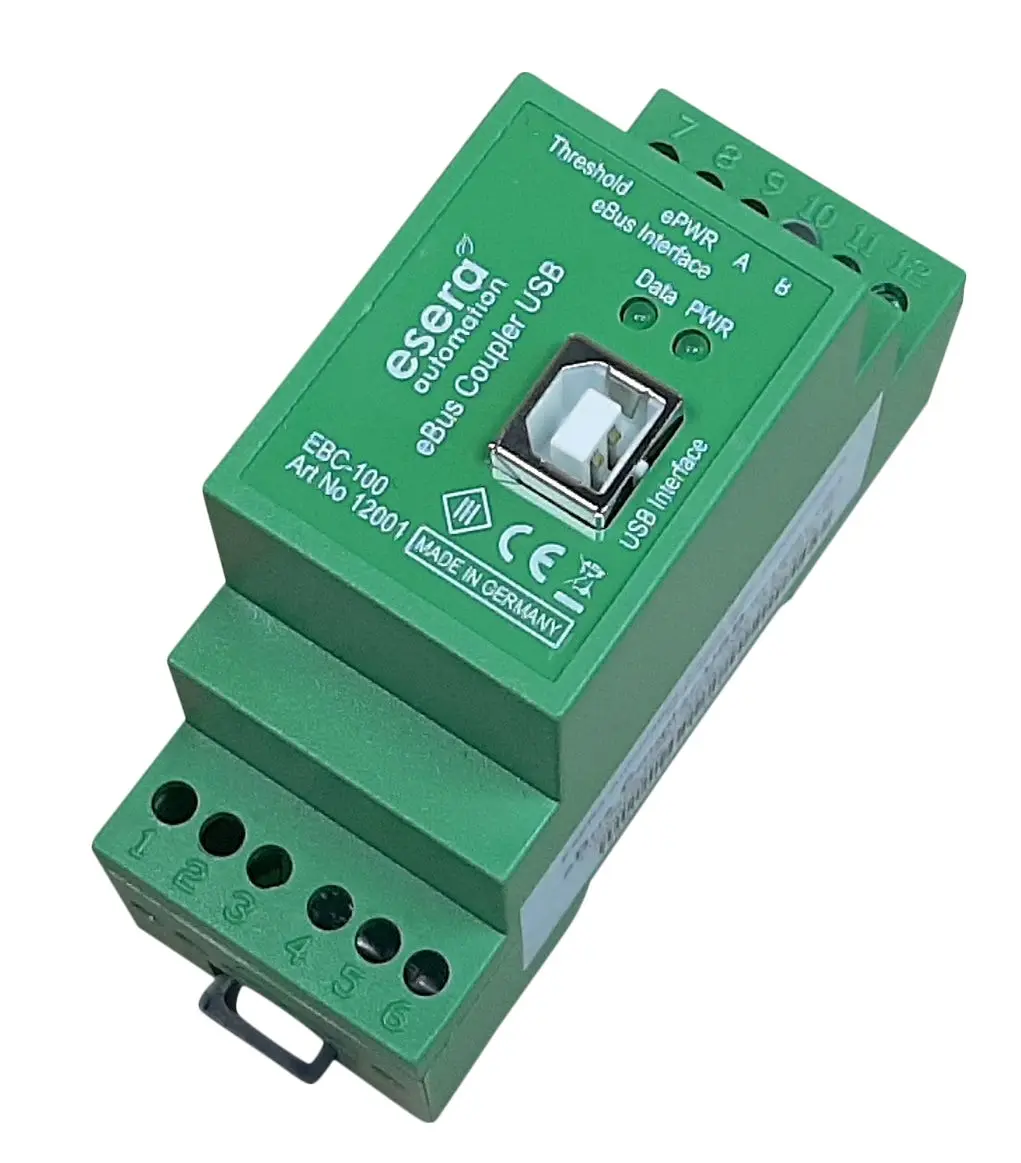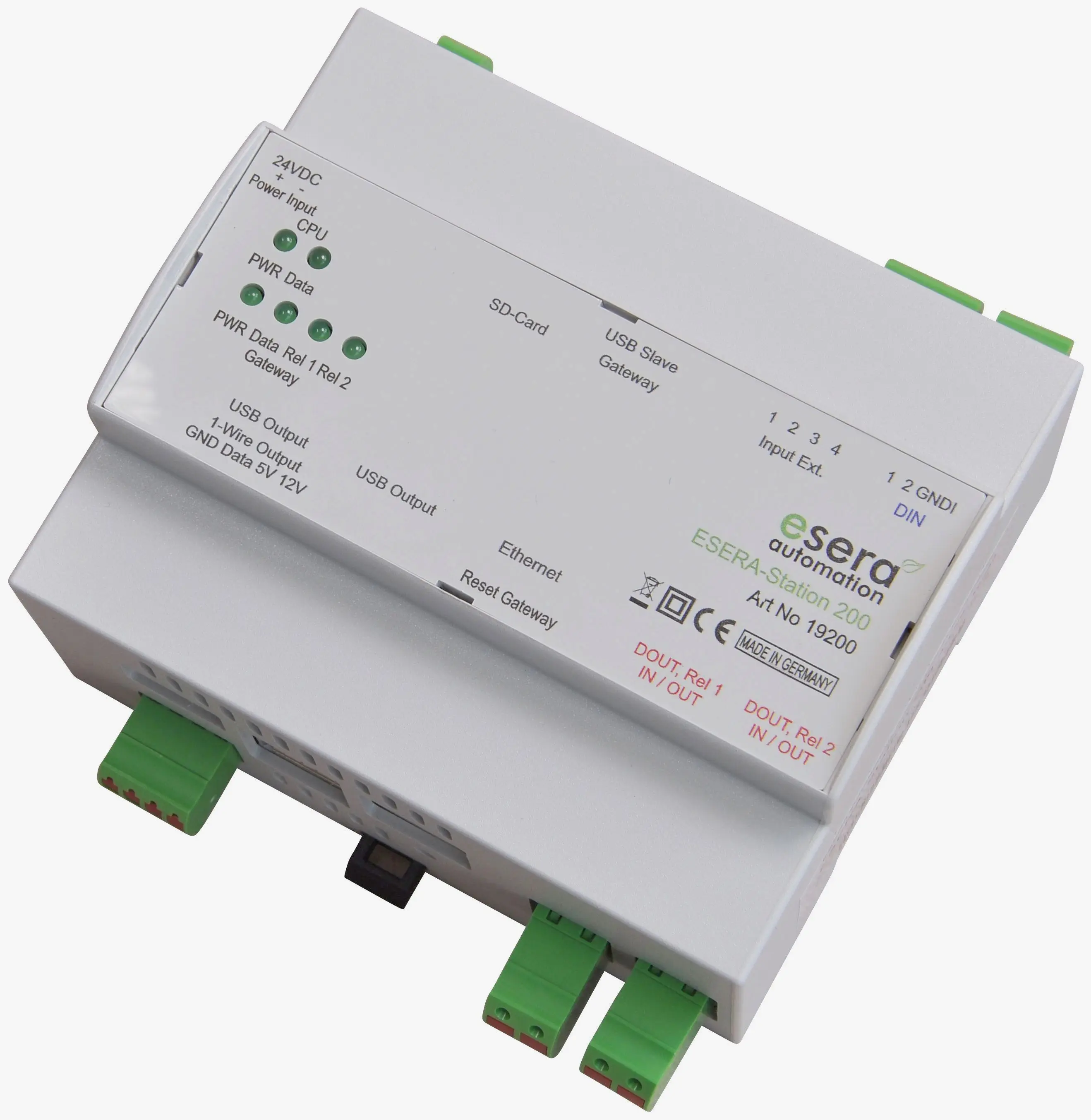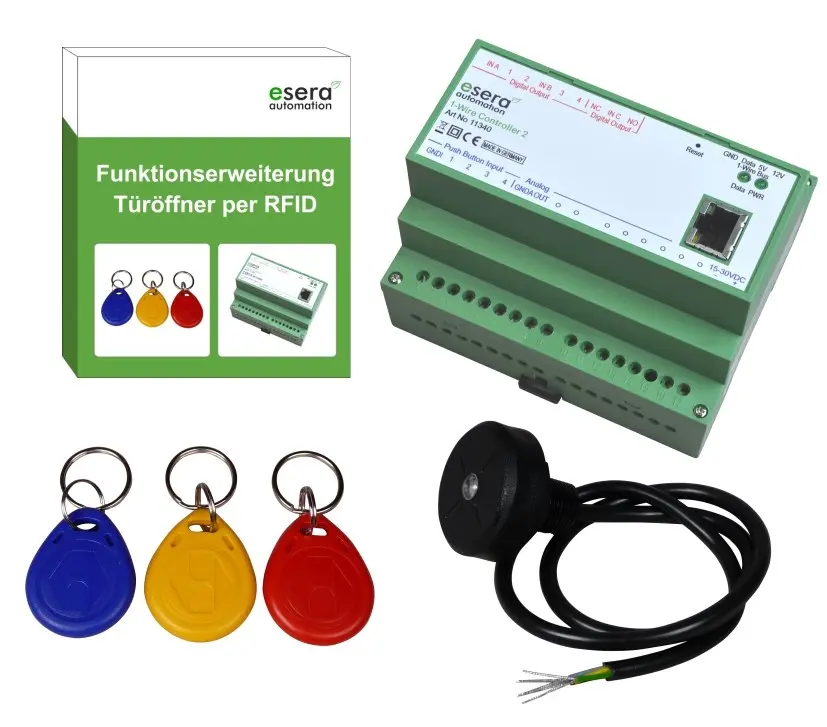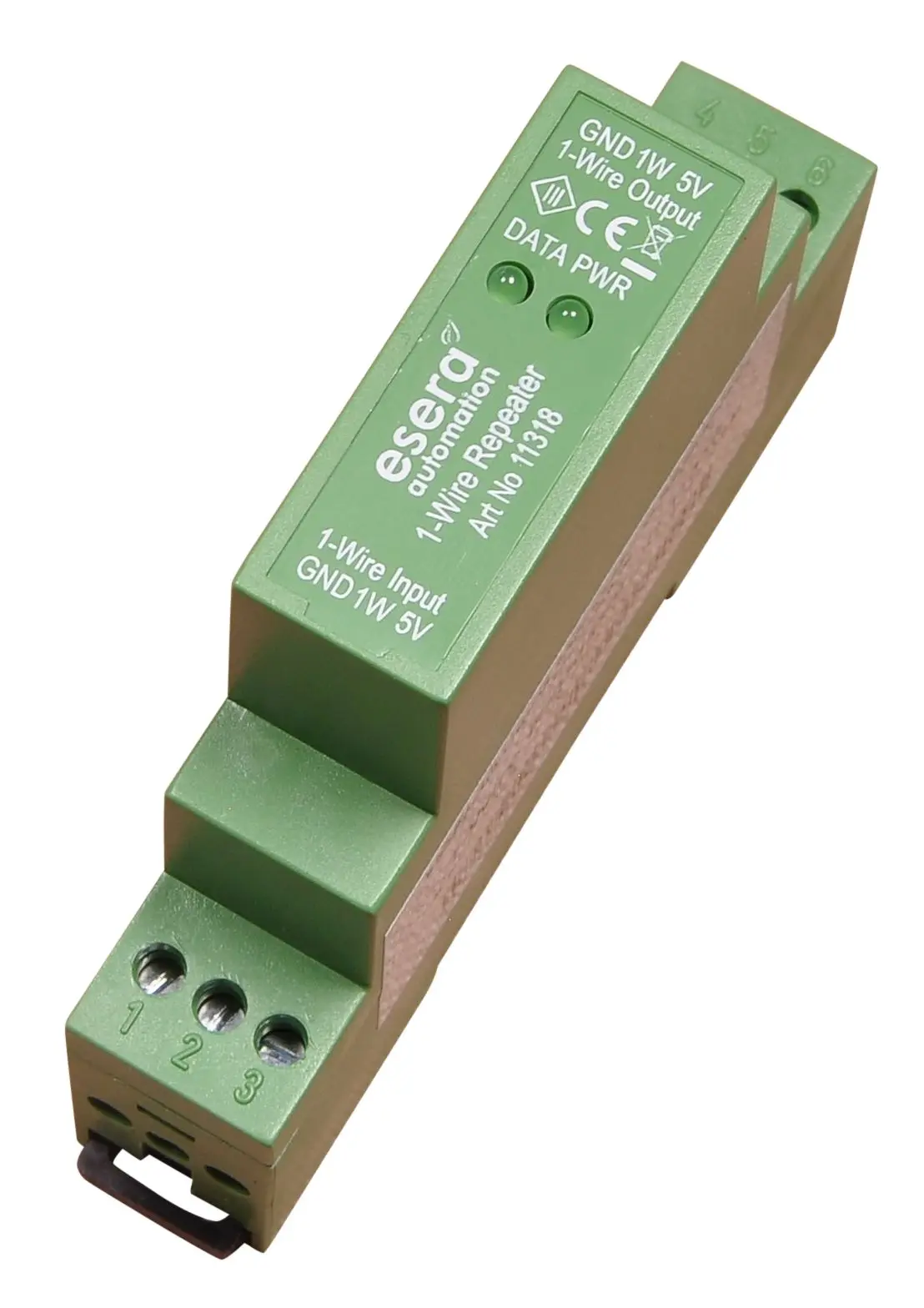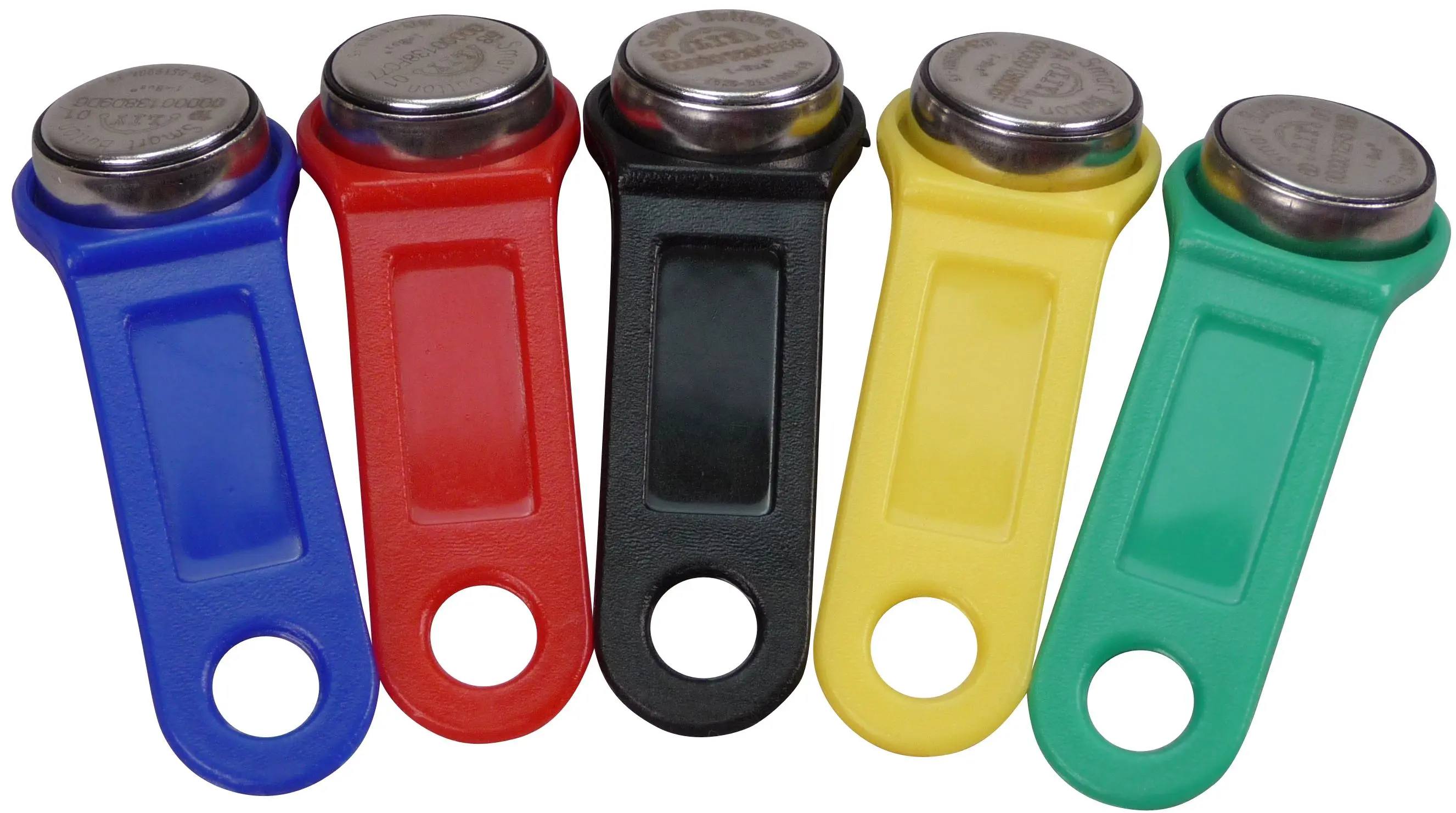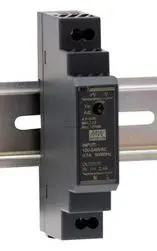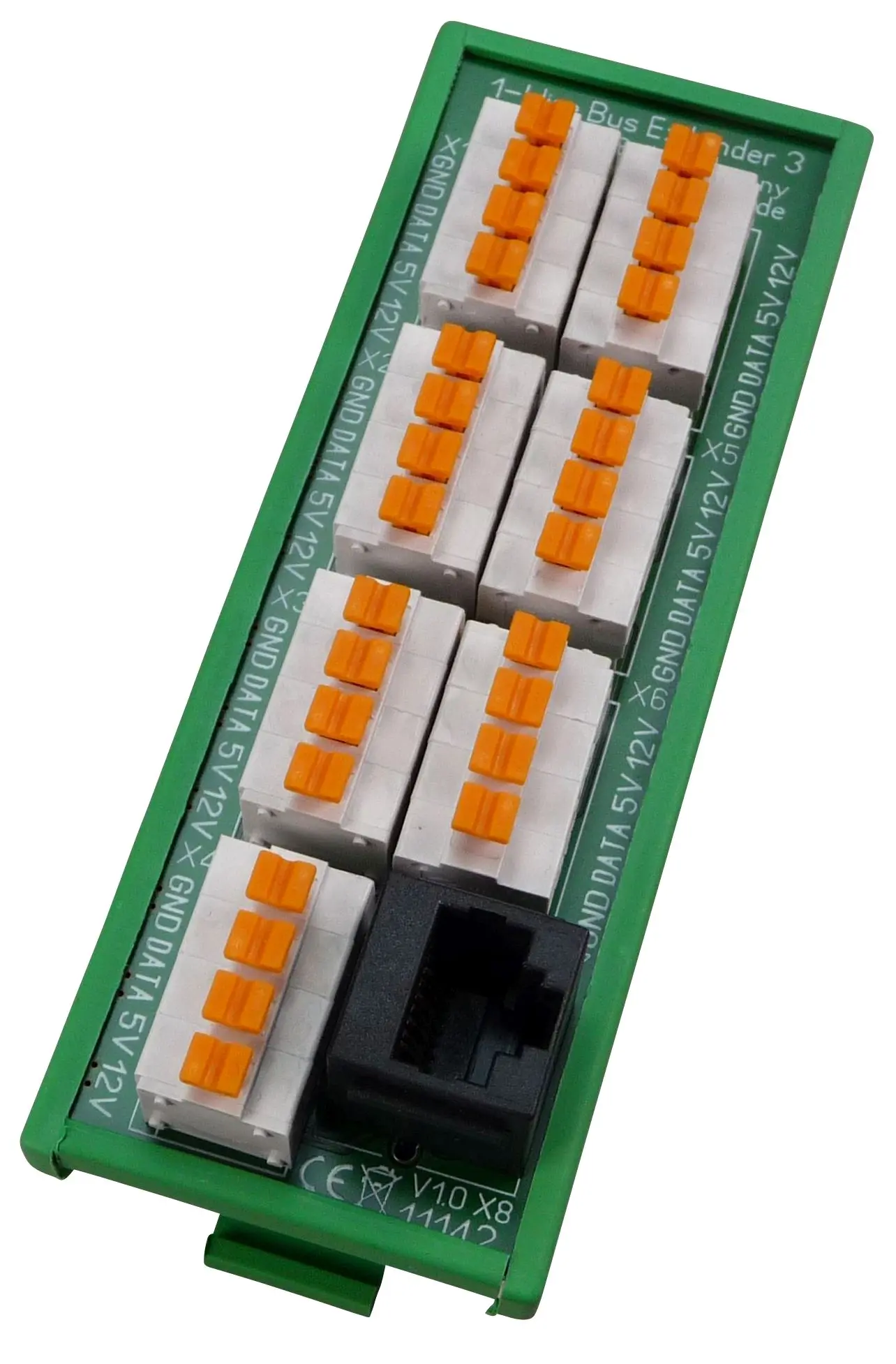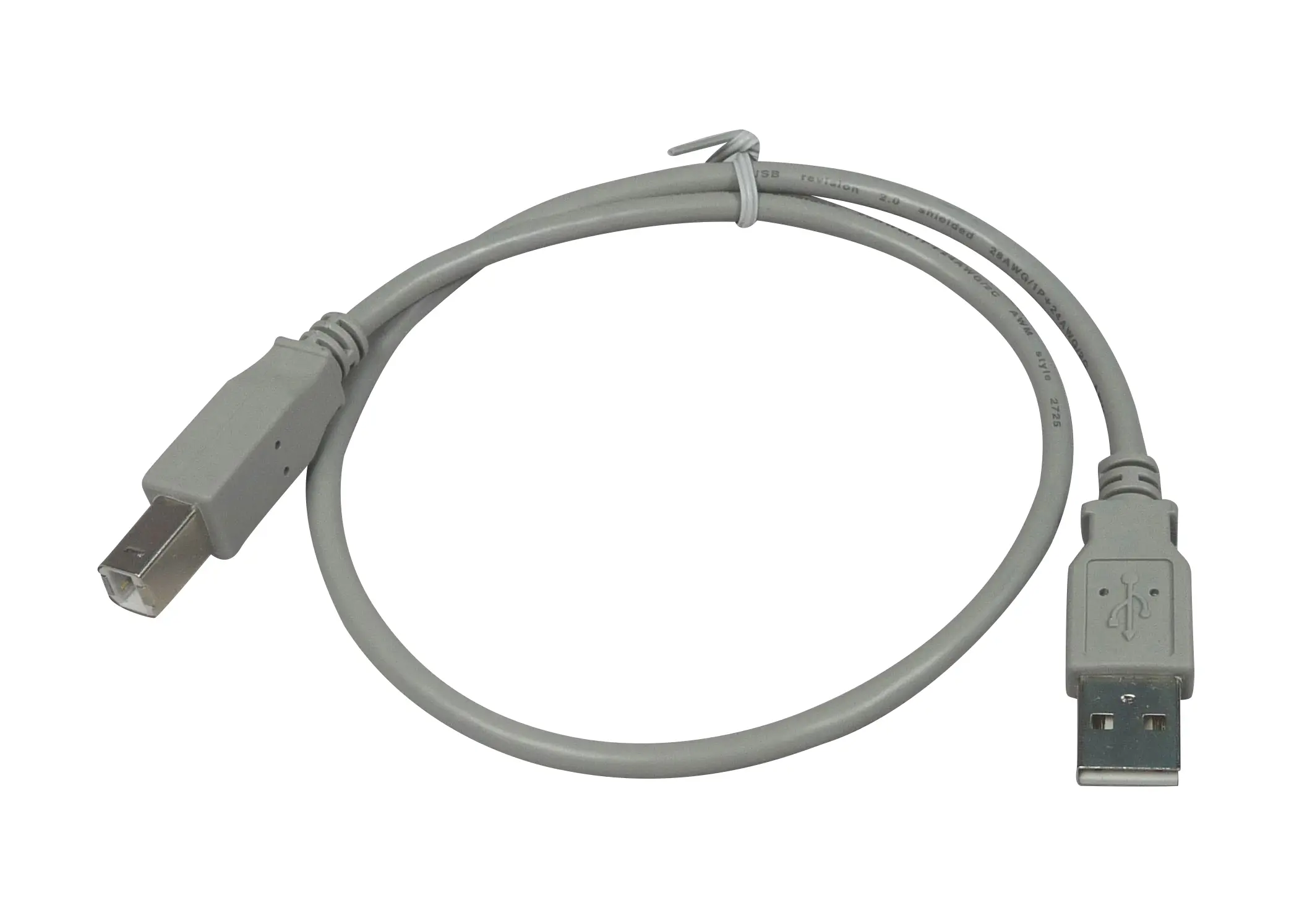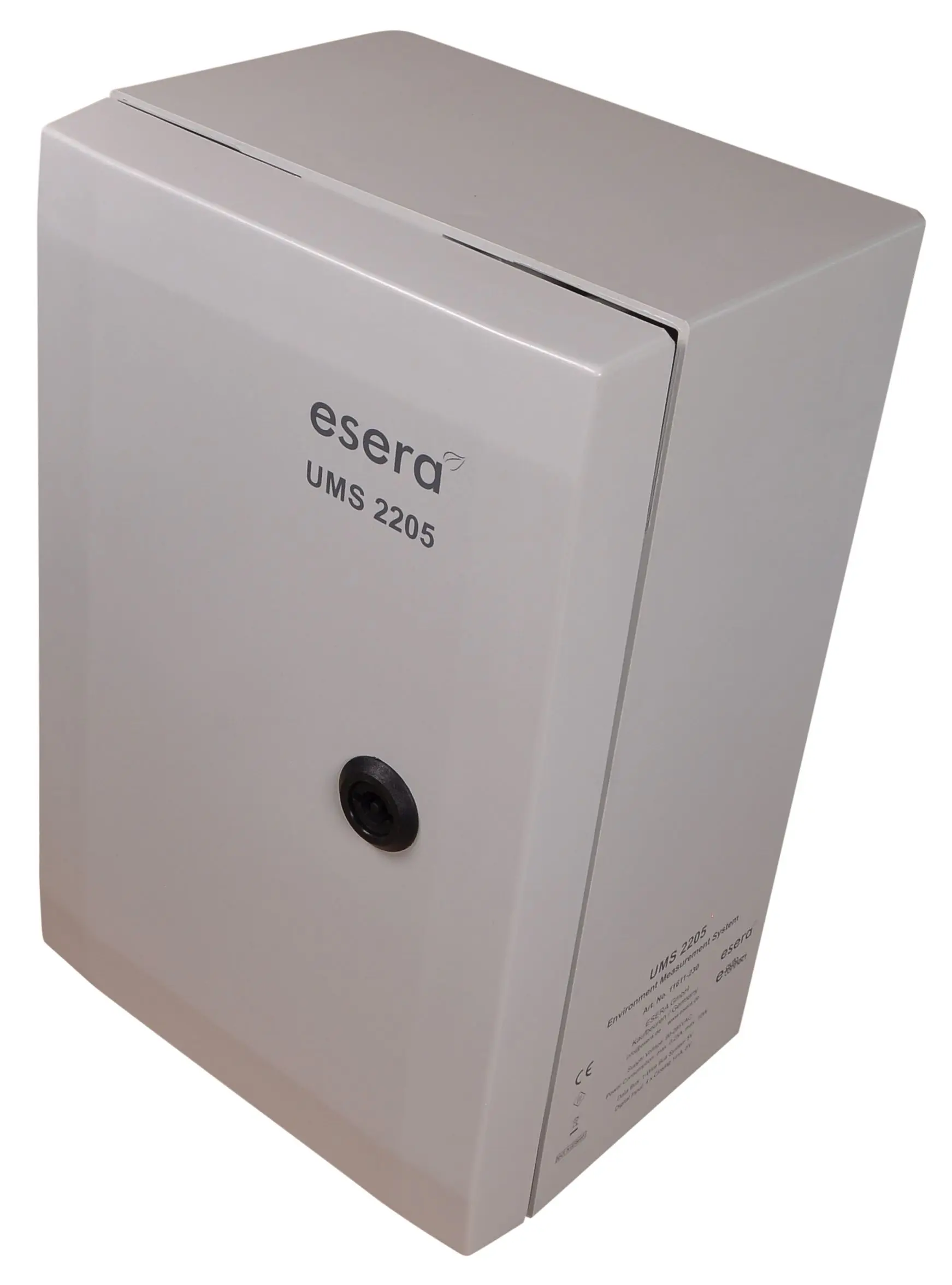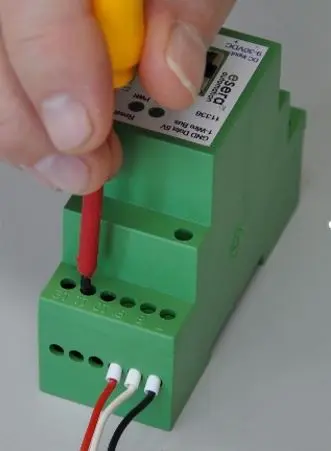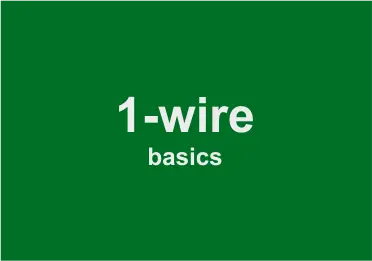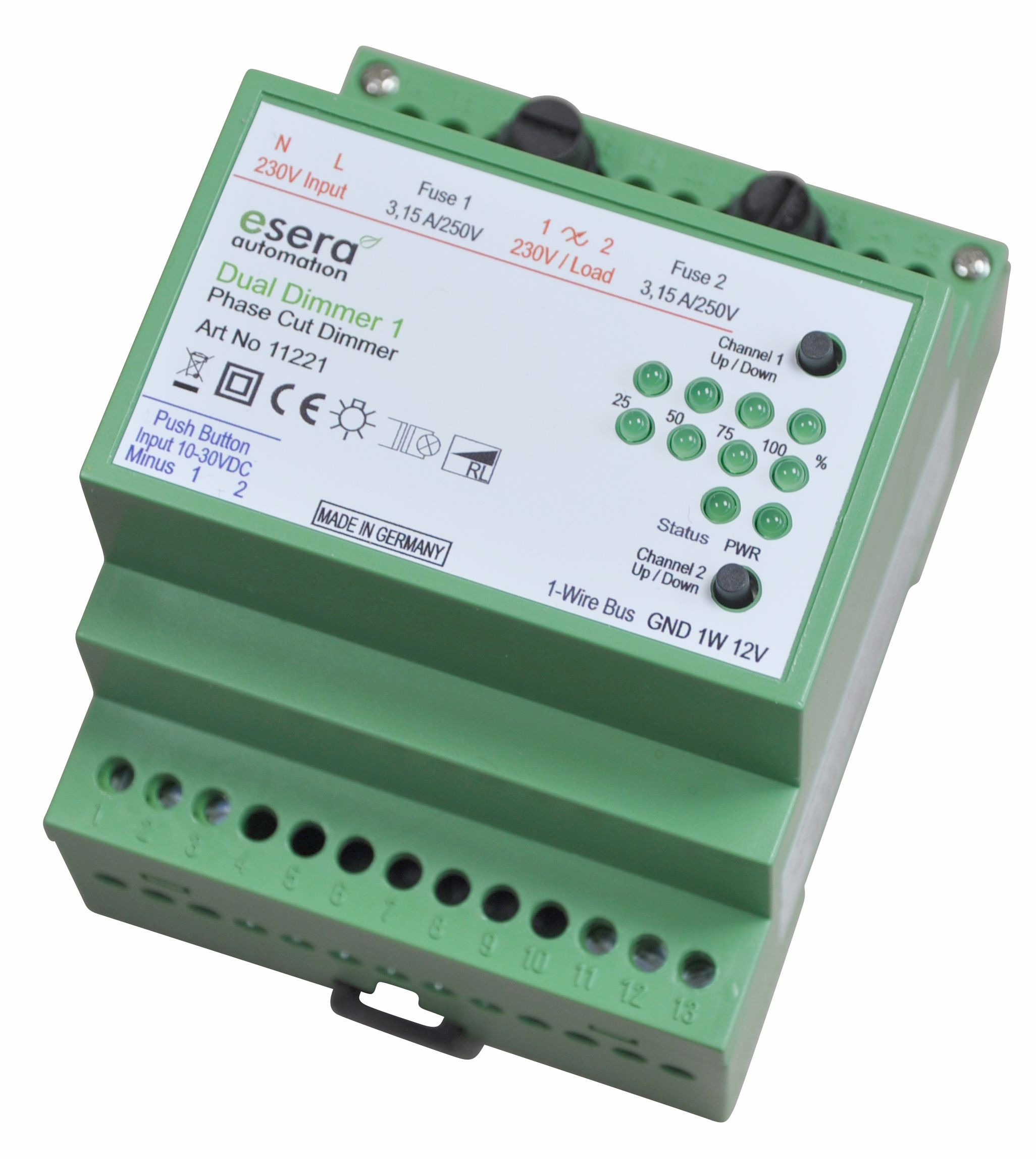There are basically two different types of dimmer:
Rotary dimmer: the brightness is regulated continuously via a rotary disc
Touch dimmer: the brightness is controlled by pressing the rocker switch for a longer period of time
Dimmers can be used and operated like normal switches as on-off switches or changeover switches.
Which lights can be dimmed?
Light fixtures come in a wide variety of types. The following are the most common:
- Normal light bulbs 230V, (socket E14/E27)
- High-voltage halogen 230V, with electronic transformer (socket GU10)
- Low voltage 12V, with conventional transformer (socket G4, GX/GU 5,3, GY 6,35)
- Low voltage 12V, with electronic transformer (socket G4, GX/GU 5,3 GY 6,35)
- Energy saving lamps with many different sockets
- Fluorescent lamps
- LED lamps, also with many different sockets
To find out if a lamp is dimmable, please look at the packaging of the product or at the product itself. Here you will find an indication if it is dimmable.
In general, you can assume that the following lights are dimmable:
- Normal light bulbs 230V, (socket E14/E27)
- High voltage halogen 230V, with electronic transformer (socket GU10)
- Low voltage 12V, with conventional transformer (socket G4, GX/GU 5,3, GY 6,35)
- Low voltage 12V, with electronic transformer (socket G4, GX/GU 5,3 GY 6,35)
With the following luminaires you must note, that
Energy-saving lamps are usually not dimmable- but there are exceptions
Fluorescent lamps are usually not dimmable - except if you have an electronic ballast (EB) that is dimmable
LED lights are dimmable if this is specifically stated on the package.
Which dimmer fits my dimmable luminaire?
There are several dimmer technologies that are suitable for the different light sources. There is usually a sign on the front of the dimmer indicating which one is suitable.
"R" ohmic loads for ohmic dimmers: for example for incandescent bulbs
"L" inductive loads = phase angle dimmer
for magnetic conventional transformers (wound coil with iron core, rather rare today, but often used for LV lighting in the past)
for 230V halogen lamps
Incandescent lamps
12V LV lighting with transformer and coil/iron core
"C" capacitive loads = phase cut dimmer
for electronic transformers such as: for 12V low voltage lighting
for 230V halogen lamps
Incandescent lamps
The following lamps fit with the following dimmers:
230V halogen lamps and normal incandescent lamps: all dimmers
12V-NV lighting with electronic transformer: phase-cut dimmers
12V-NV lighting with conventional transformer (iron core): leading-edge phase dimmer
LED lights: either leading-edge phase dimmer or trailing-edge phase dimmer (see below for explanation).
Note: there are also universal dimmers that automatically detect the load behaviour of the light source and automatically set the appropriate control.
Disadvantage: somewhat expensive
Advantage: when the lamp is changed, the dimmer fits and usually does not have to be replaced


